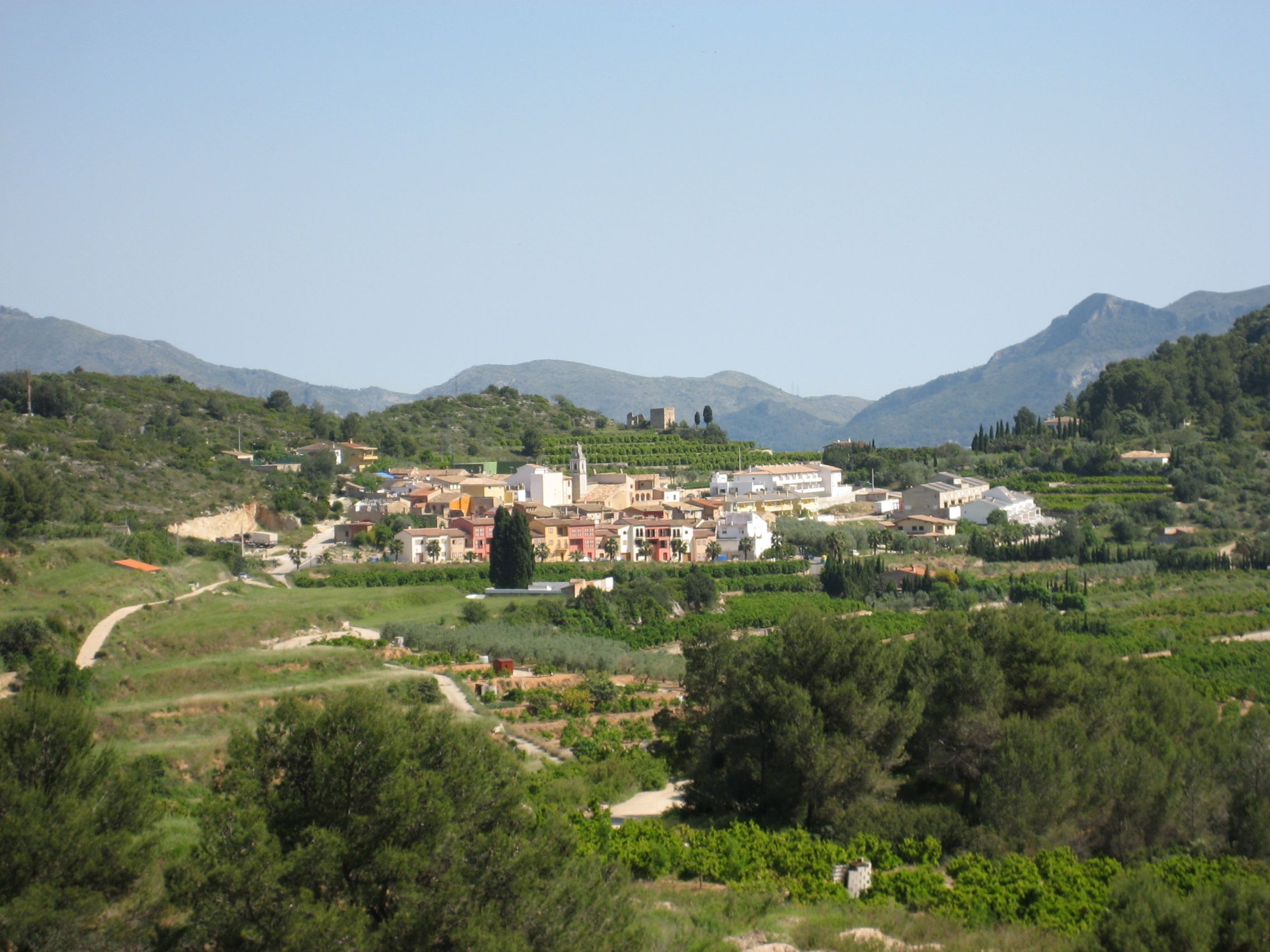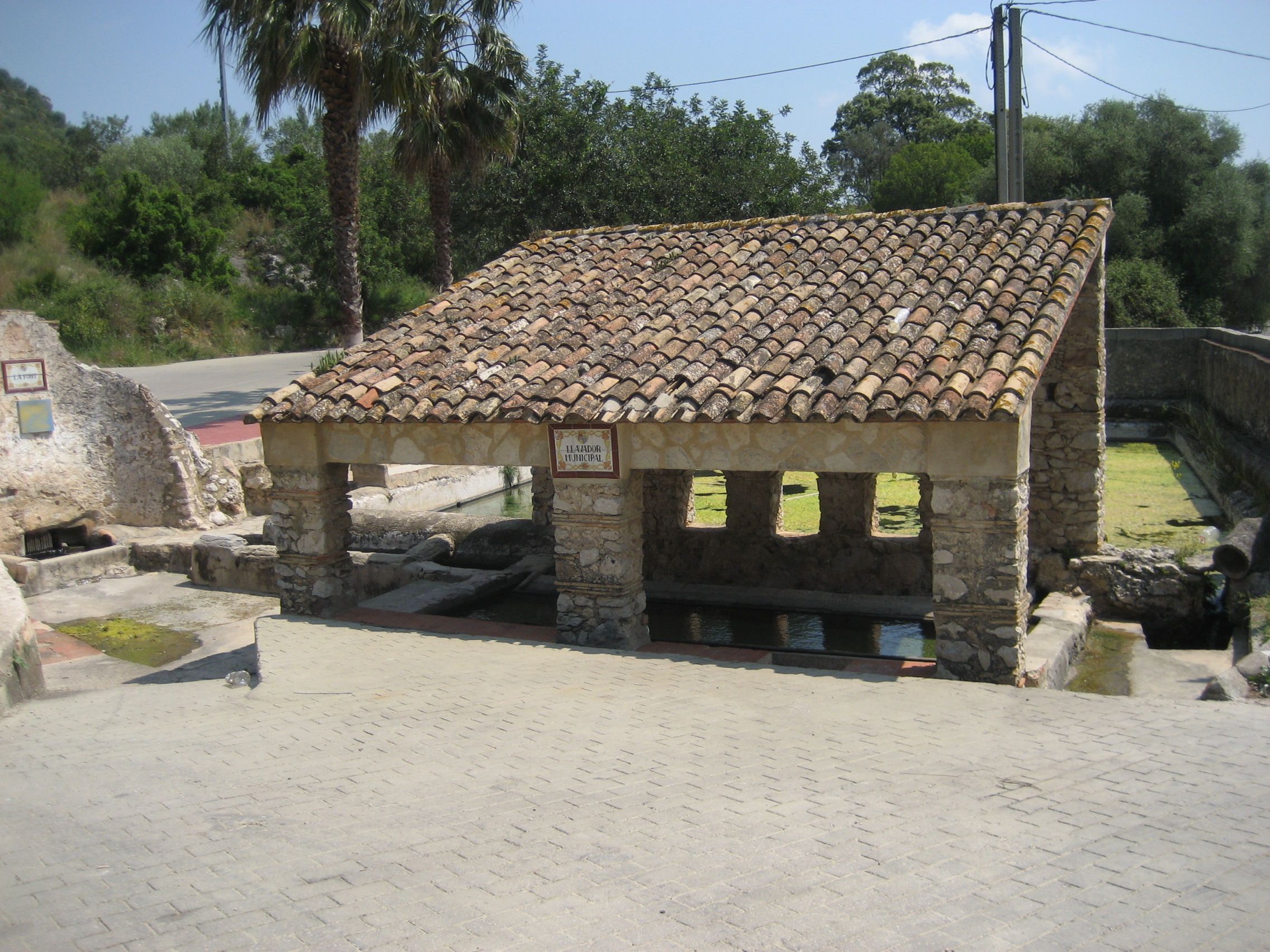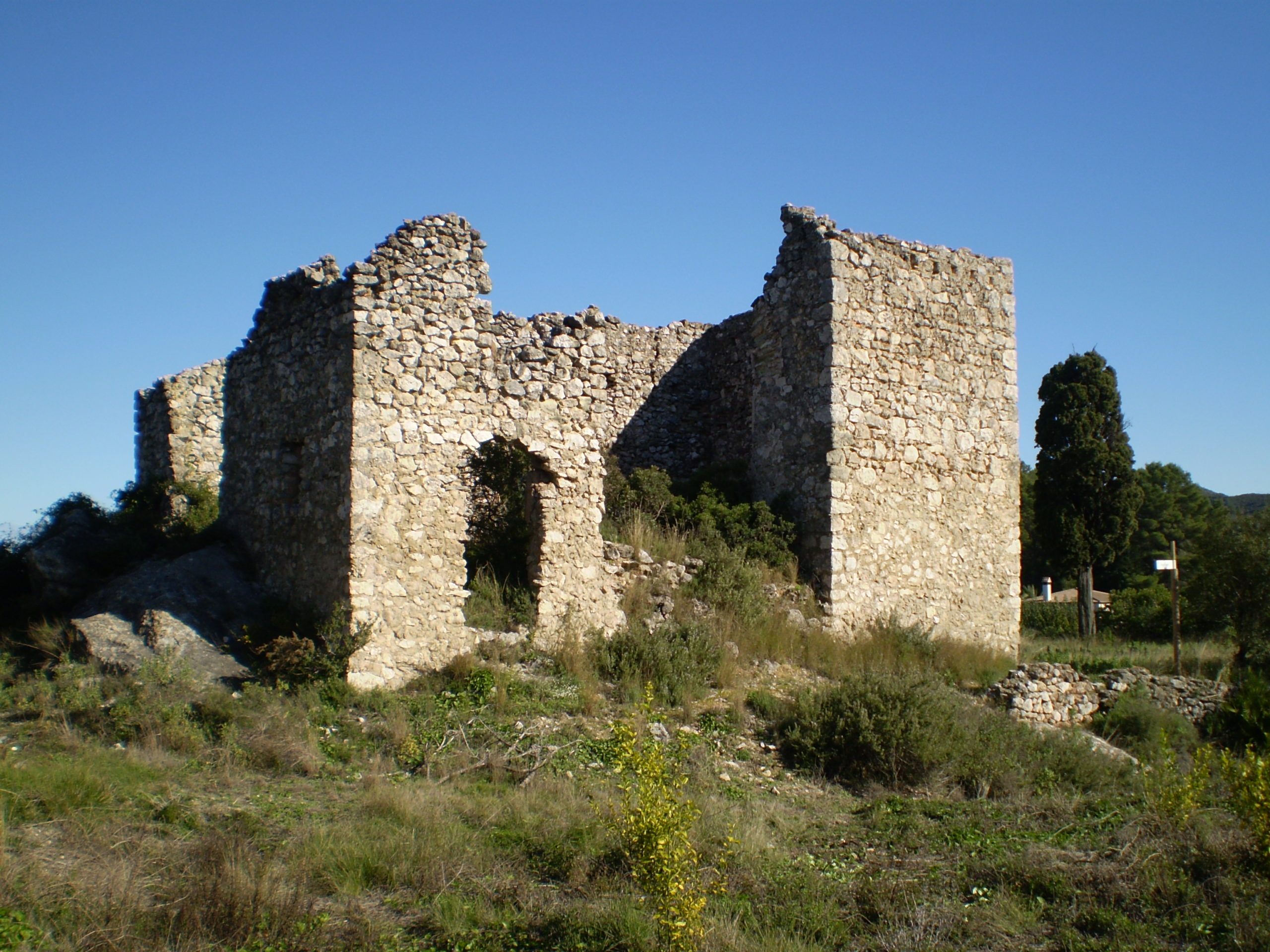Castellonet de la Conquesta
Castellonet de la Conquesta is the second smallest village in the administrative region of La Safor, and the smallest of the five villages that make up la Cuenca de Vernisa. There were 240 inhabitants in the village in 1940. This was largest known population in its history. Its municipality covers an area of 5.4km.
This mountain village is without doubt the most rural, singular and picturesque of the administrative region. It was formerly known as Castellonet de Santa Fe. It is also said that it was seaport, perhaps due to its being the first village between the sea and the interior. At entrance to the village, with its Roman arch, we find traces of the small fortress that used to stand on the site. The other entrance to the site can be found in the lower part of the village, next to the lavoir, known as “La Albacara”, and which is of Arabic origin. The festivities held in honour of the village’s patron saint, Saint James, are celebrated on 25th July and the nearest weekend to the date. Castellonet has a rich history of which little is known. In order to remedy this situation, a process has been launched to conduct an investigation into the village’s origins, anecdotes, legends and customs with the aim of publishing a book on the municipality’s past and present history, as well as the measures and work being implemented in favour of the conservation, development and structuring of the villages within La Cuenca de Vernisa.
TOURIST INFORMATION TELEPHONE: 962887028 (Council)
Gastronomy:
“Gambes amb bleda”, “pastissets escaldats”, “blat picat”, “pastissos d’herbes”, “all i pebre”, and a multitude of rice dishes, including “amb penques”, “amb fessols i naps”, “al forn”, etc. A wide variety of sweets and desserts, including roasted pumpkin, “reganyades”, etc.
Places of interest:
“La Albacara (Arabic origin), Iberian settlement site (at the end of the “Tossal” path), Roman Arch (entrance to the village), Palace of Almunia (17th century), Church of St. James (17th century), ruins of the Hermitage of the Holy Faith, numerous natural springs throughout the municipality, short-distance trails, bicycle routes.
Festivities:
The village’s main festivities, celebrated in honour of Saint James and the Christ of Refuge, are held on 21st and 22nd July, and include a multitude of festive and religious celebrations.






